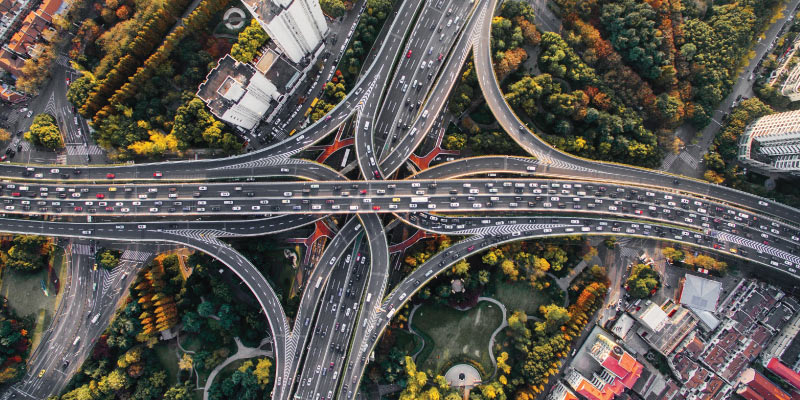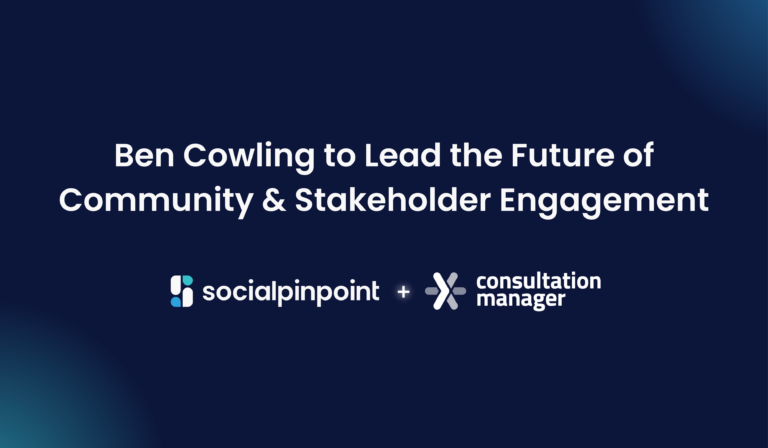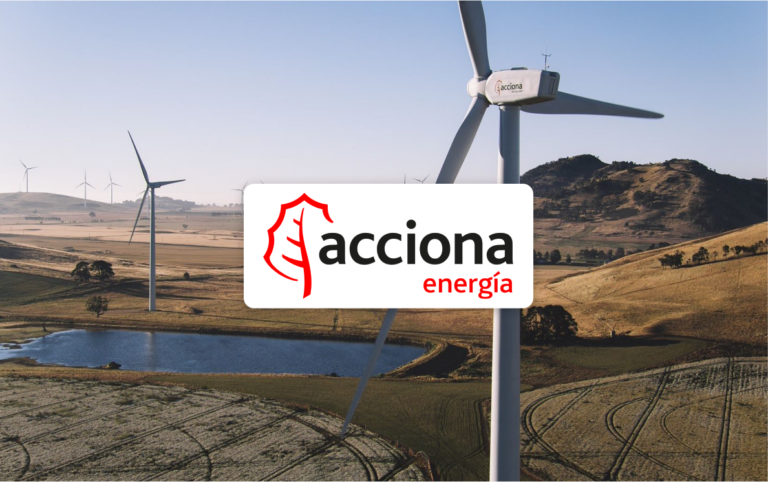The future of the US transportation and infrastructure industry is something to get excited about. We can thank the economic boom over the last 50 years and the need for the network of highways to make transporting goods more efficient.
The current state of US infrastructure is something most aren’t afraid to talk about, as it has been a topic of discussion with many groups and organizations. The US is competing in a thriving global economy with required modernization needing to occur sooner rather than later.
As of 2017, the U.S. received a D+ rating for its deteriorating infrastructure country-wide according to the ASCE. This report is done every four years, with the most recent grade being released this past year. Although during the previous reports, the ratings haven’t varied quite a lot with the average grade being a D since 1988.
Although the past and current US government administrations are not naive to the fact large funding is required in this department of the United States.
The current US government has recently created a plan that entails building and restoring infrastructures all over America by promising $1 trillion investment over a 10-year period across the country.
These issues and questions are consistently being researched, for example, Harvard School of Business Administration Professor Rosabeth Moss Kanter talks about in her new book, Move: Putting America’s Infrastructure Back in the Lead.
“Infrastructure is important in itself but is also a good starting point for generating the courage and collaboration that will help us get moving to solve a range of other problems”, says Kanter. “We need inspiring visions, strategic thinking, openness to innovation, and change processes that involve coalition building and uniting constituencies behind common goals – the essence of leadership”.
To successfully move forward with America’s infrastructure, bold leadership and a clear vision are two important factors that might create a successful move forward for the US infrastructure and transportation industries, as the foundation that connects the nation’s business, communities and its people.
But it will also require leadership from all levels such as government, non-profit organizations, and businesses. Working together to make sure investments are spent wisely could also have a positive impact on the future of transportation improvements, according to the ASCE.
The priority of modernizing our infrastructures could drive our economy and public safety along with the quality of life, meanwhile maintaining costs of buildings and preserving the infrastructures for the entire duration. The costs will only continue to increase the longer we wait.
Another way to prepare for a positively-affecting infrastructure future is by developing online community-interactive programs and staying on top of emerging modern technologies. It’s about not forgetting the voices of our community and public members as the technologies continue to change.
From the continuous growth of social media and online interaction to the inventions of autonomous vehicles, each technology has its effects on the future of US transportation and upcoming infrastructure projects. This growth dictates where to go next with infrastructures.
These interactive technologies make it easier for the public to share ideas, thoughts, and comments on upcoming projects. Also making sure these things are wanted by the public and getting public opinion involved.
They can share ideas on what they want to upgrade and change in their cities. They are an important factor in the upcoming infrastructure changes as they are the ones living in it and will be taking part in the updated projects.
Infrastructure is the future of the U.S. economy and is necessary to keep up with global expectations. Some states have recently made efforts to invest more in infrastructure, which is a step forward.
But more budget is needed from congress to raise our overall infrastructure condition that will ultimately affect the transportation industry as well, as the changes in transport will need a modern, reliable infrastructure to advance.
“We need consumers, citizens, activists, corporate chiefs, and enlightened officials who are informed and motivated to seek change. It’s essential to understanding how to build a strong American future,” writes Kanter in her book “Move”.
Originally posted by Social Pinpoint.
Further reading:
Wired.com – Time to fix Americas infrastructure, here’s a start




